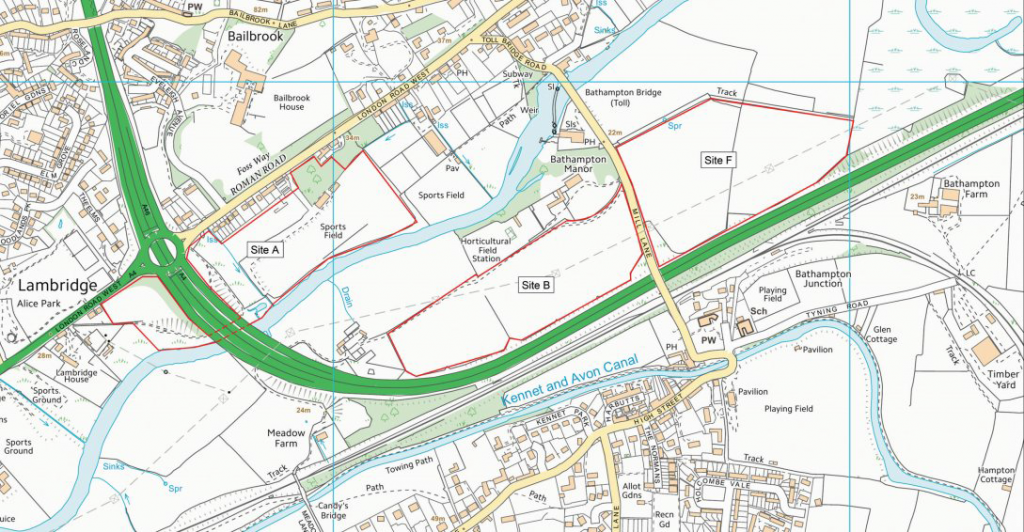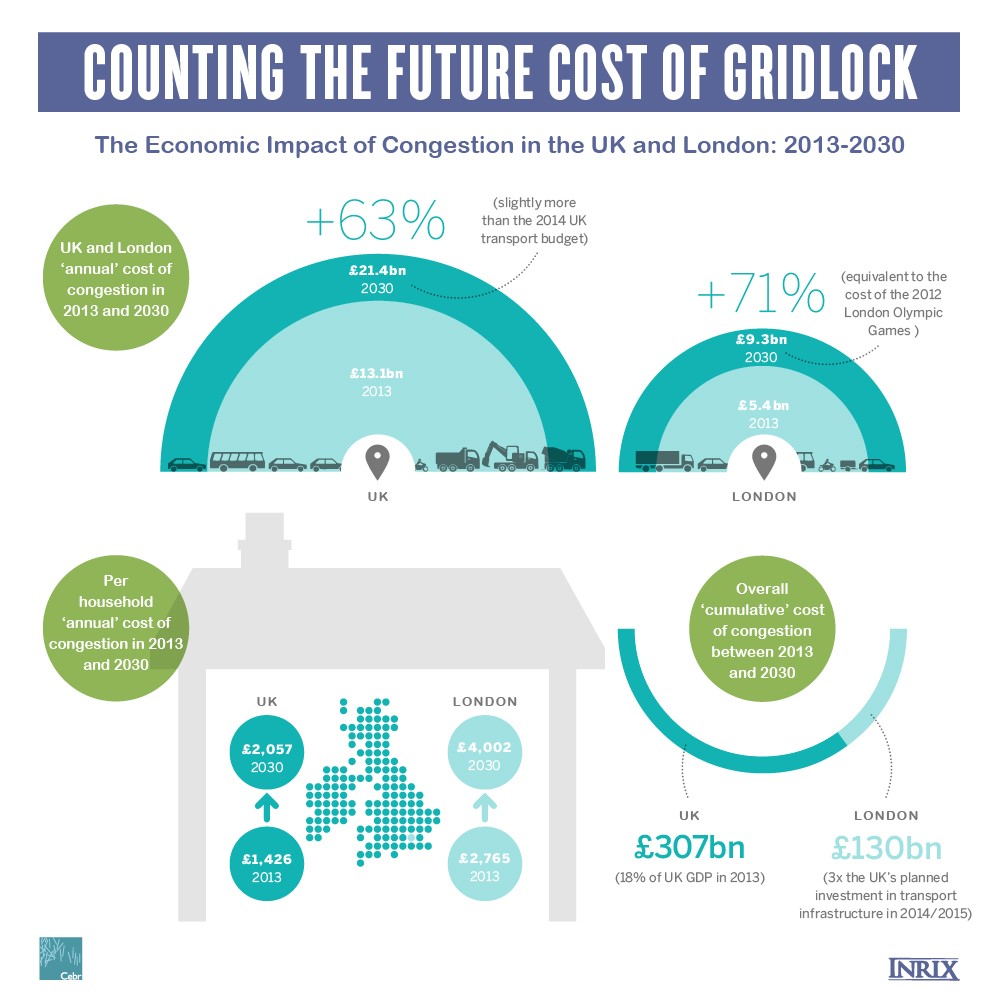The consultation for the much debated Bathampton Park and Ride (P&R) will have come to an end by the time you read this article. However, it will continue to cause huge divides in opinion throughout Bath. I’d like to use this space to discuss whether a P&R would work, what would need to be done to make it a success and what other options are available in Bath.
What does Bath want from its Park and Ride?
The BANES website states the following as objectives for a P&R scheme:
- To reduce congestion within the city and around off-street car parking sites
- To improve the city’s environment
- To reduce car use into the city centre and improve the proportion of journeys made by public transport
- To reduce carbon emissions from transport
- To support the city’s economic development and Enterprise area
- To improve connectivity to support business and growth of the wider region
Do Park and Rides work?
The success of P&Rs and their long-term impacts have become more keenly looked at since the boom of P&Rs in the 90s. Once seen as a wonderful solution to the problem of growing car populations, its perception allowed it to become a politically safe option when approaching inner city congestion problems and transport strategy. However, as the smog has cleared, have P&Rs been the golden ticket that we once thought? Early evidence pointed to success, but recent studies looking at the longer-term impact have begun to show possible counter productive consequences.
P&Rs will often be considered in areas of high traffic congestion into cities and towns, under the premise that they will help to improve air quality and traffic flow by reducing traffic. The net consequence being a reduction in the number of cars being driven and used in the city centres.
An extensive study undertaken by the Historic Towns Forum (HTF) analysed the response of 16 Local Authorities to a survey on the impact of their P&R. A third of the local authorities stated that they had seen no traffic reduction, and those that had were authorities that had actively reduced or limited the amount of inner city parking available to cars. With our local transport strategy stating a desire to increase parking capacity in the city centre, Bath is at risk of just adding to the problem, instead of solving it.
The sustainability of P&Rs and the loss of green belt around our towns are questioned by the Campaign for the Protection of Rural England (CPRE). In 2007, in relation to Bath’s proposed new Lambridge P&R they concluded:
“Times have changed, the transport policy context has changed and we have (or should have) learnt that we cannot build the bypass to bypass the bypass. If you increase road space it fills up and the same is true of parking. What are we going to do when the Lambridge Park and Ride fills up in a year or two, build a bigger car park? Bath of all places should be able to do better than this. In the words of the Inspector of the A46 Public Inquiry, a park and ride on this site would be ‘a resting place for 823 (sic) cars and numerous buses which, whatever its merits, will despoil the valley fringe, affront the Georgian buildings close by and be a grave offence to the eye from the other side of the valley.”
A study on Bath’s existing P&R schemes by UWE (Clayton et al) has shown that they are very good at appealing to peripheral towns as well as local travel. The actual net impact of this can be more car travel. Whilst it may stop some people from driving into the town centre, it actually encourages more people visiting the city in search of retail therapy. This leads to a negative impact on the environmental concerns in the wider area.
Which brings us on to the economic benefits. HTF show responses that indicate that many local authorities actually gauge the success of their P&R on economic rather than environmental benefits. Increased travel to the city from satellite communities and wider tourism, leads to a perceived attractiveness for new businesses based on improved infrastructure. The result being an increase of P&R revenue in many cities year on year as they experience increased patronage. The UWE study also shows a high response from people when asked if they would not have made their journey had there been no Park and Ride, implying a net increase of car journeys.
The HTF concludes:
“P&R is politically popular at a local level and generally has high user satisfaction. It is seen to improve accessibility and increase the attractiveness of city centres encouraging more frequent visits and visitors who would otherwise have travelled elsewhere. To implement alternative solutions and reduce the scale of P&R would therefore require strong political will and cooperation between neighbouring Local Authorities. With a lack of evidence suggesting that P&R reduces car trips, P&R could be considered contrary to national policies on climate change and encouraging the use of more sustainable modes of travel. It could therefore be considered a local versus global issue whereby Local Authorities consider the economic benefits it can provide without the responsibility of the additional traffic on the wider traffic network.”
What do we need to consider before building a new Bath P&R?
Is P&R the right solution? What other options are available? There are other traffic calming schemes that have been shown to work, and can be considered a better spend of the finances available. Let us not forget that much of the traffic generated on the London road is either through traffic using Bath as part of their journey, or traffic created by the need for supply routes for local business. We must also consider the impact of school holidays on traffic. Out of term time London road is a relatively calm during the morning, and would these children use the park and ride?
Traffic congestion is a global problem, and minimising it would save money and cut emissions, as well as reducing stress and frustration in drivers. There have been numerous studies in recent years exploring traffic flow improvement around the globe. In Dresden, experiments with traffic light control have led to buses and trams experiencing 56 percent less time waiting in traffic, other vehicles spending nine percent less time stuck, and a 36 percent reduction for pedestrians. This was a consequence of the lights being dictated by the traffic as opposed to the traffic being controlled by the lights. We can learn from these models to help improve the flow, not only on the London Road, but also in the BANES network. Traffic at a standstill creates worse emissions than free flowing traffic.
Source: www.Inrix.com, Traffic Congestion to Cost the UK Economy More Than £300 Billion Over the Next 16 Years
When considering economics benefits, there is evidence to suggest that without solving traffic flow, congestion leads to economic and environmental unsustainability. A study conducted by Inrix and theCentre for Economics and Business Research, estimated that in 2013 congestion cost the UK economy £13.1 billion. On average, that’s £1,426 per household.
Can we make P&R successful in Bath? Many studies that have looked at P&Rs do suggest that they can be a success if used as part of an integrated transport system, which moves people away from cars and towards alternative forms of transport – Cycle and Ride, Link and Ride, Park and Cycle, and a stronger emphasis on making cities more cycle and walking friendly. Combine these alternative strategies with a stronger policy of keeping cars out of the city centre, such as reduced car parking options, congestion charges or low emission incentives and you can begin to have a positive impact on the carbon footprint that the city leaves behind. However, in order for all of these to work, you need to have consistent leadership, a political will and long-term foresight. If you implement these well, then P&R could even become just a ‘thing’ of the 90s.
If you look at the example of Bath’s air quality improvement plan, and note how many of the objectives put forward in 2011 have actually been achieved, it makes you wonder at the effectiveness of the positive environmental action being taken by the council in an appropriate timescale. If Bath is serious at attempting to achieve the aims of its transport strategy, or just the goals of a P&R then we need to see more evidence that they are looking to back it up with positive steps based on empirical evidence. Creating strategy with a strong emphasis on economic gain over environmental sustainability will cost more and destroy a world heritage city.
Links
Traffic Congestion to Cost the UK Economy More Than £300 Billion Over the Next 16 Years
Historic Towns Forum Park and Ride Survey Consultation Document
A behavioural comparison of bus-based park and ride and city centre car park usage in Bath

